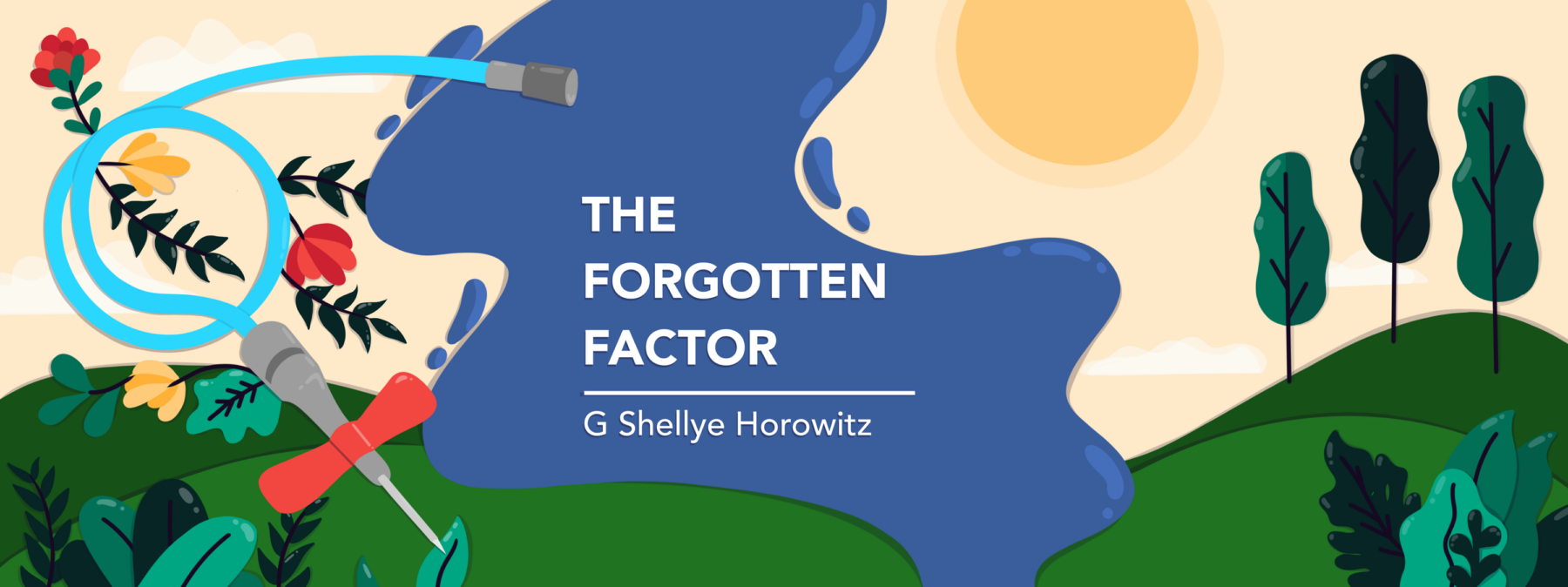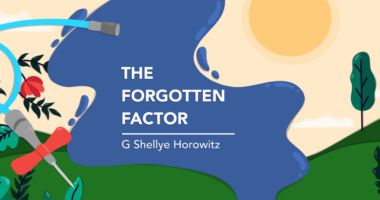Women with hemophilia may feel different, but shouldn’t be ashamed
Being different offers opportunities for empowerment and treatment

It was the first rain of the season in 1978, and I was in kindergarten. Growing up in a low-income household meant that we were not always prepared, even when my parents wanted to be. I felt fortunate that my mom had a solution to keep my feet dry! She grabbed some plastic sandwich bags and rubber bands, fixing one around each shoe. It worked! I arrived at school with perfectly dry shoes and feet. Carefully, I took the bags off each foot and placed them in my cubby hole for the end of the day.
I always loved rainy days when I was growing up. They brought the excitement of something different to school. Rainy days meant recess indoors, where we could read, play board games, or sometimes watch a film — an actual film on projectors! Later in life, I realized how challenging these days were for teachers, who had to manage us inside the classrooms all day.
At the end of the day, when it was time for me to walk home, I returned to my cubby hole and pulled out my sandwich baggies. I sat on the ground and gently placed one over each shoe, securing it with the rubber bands my mom had given me. When I looked up, I noticed two adults looking at me and giggling. In that moment, I went from being naive to feeling shame. I didn’t know that there was something unusual, different, or wrong with my sandwich bag feet until that moment.
Standing out
I looked around at the other children and noticed their bright, shiny new rain boots. Many of their boots matched their raincoats and umbrellas. I didn’t have a raincoat, but I did have a non-matching umbrella. As I walked home, I felt different. This would be one of many times in my life when I realized I just didn’t fit in. I yearned to belong and felt inherently bad, even though it wasn’t my fault.
I share this story because I’ve found many parallels in my journey with hemophilia. In kindergarten, I didn’t realize that I was different until it was pointed out to me. In the case of my shoes, that realization was hurtful; however, with hemophilia, it could be helpful.
Many women cope with hemophilia symptoms like painful periods, frequent nosebleeds, and excessive bruising. They may believe these symptoms are normal because it’s all they know. If they compare themselves to family members, they might think that abnormal bleeding is just how they all bleed. This can continue for generations without being addressed, because it’s not always recognized as excessive or different. Sometimes, we need someone to point out that we are different and that it’s OK.
I didn’t understand that I had hemophilia A until I was in my 40s. This late diagnosis brought up so many feelings and emotions.
Gaining awareness
When we realize we are different, it’s not something to be ashamed of. Although it can be unsettling, it also presents opportunities for empowerment. Finding our voice and speaking out can be challenging. Many women blame themselves for their symptoms. While it may seem obvious that it’s not a woman’s fault if she is bleeding excessively, the emotions surrounding it are much more complex. I truly believed something was wrong with me when my sandwich bags stood out. I also felt defective when painful, undiagnosed joint bleeds prevented me from running and playing like the other children.
Some women feel guilty for passing severe hemophilia to their sons and may avoid seeking their own diagnosis and treatment. However, it is crucial for mothers to obtain the treatment they need so they can be strong for themselves and their families.
As we learn more about women with hemophilia and spread education about it, the shame starts to dissipate. We come to realize that we are not alone. Although we may be different from most of the population, there is a community of support and acceptance available to us. We can stand tall, find help, and dance together in the rain — with sandwich baggies on our shoes.
Note: Hemophilia News Today is strictly a news and information website about the disease. It does not provide medical advice, diagnosis, or treatment. This content is not intended to be a substitute for professional medical advice, diagnosis, or treatment. Always seek the advice of your physician or another qualified health provider with any questions you may have regarding a medical condition. Never disregard professional medical advice or delay in seeking it because of something you have read on this website. The opinions expressed in this column are not those of Hemophilia News Today or its parent company, Bionews, and are intended to spark discussion about issues pertaining to hemophilia.







Leave a comment
Fill in the required fields to post. Your email address will not be published.